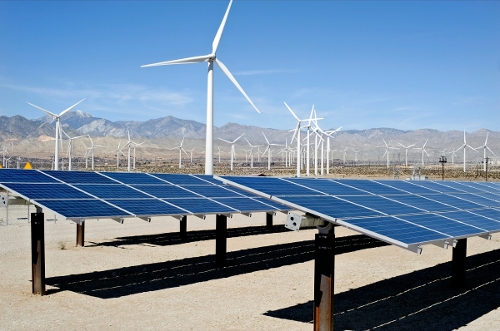Large increases in industrial electric bills would likely lead to companies moving elsewhere taking high-paying jobs with them, and the Virginia Plan will likely have a $25 billion a year negative economic impact. The nine states participating in the Regional Greenhouse Gas Initiative (RGGI) that taxes emissions from power plants saw Goods Production fall 7% while comparison states saw a 20% increase2.
In 2020 Texas generated 25% of its power from wind and solar, but during a cold snap, these sources fell to as low as 1.5% of available power, contributing to a four-day blackout3. Two hundred people died from the cold. California generated 30% of its power from wind and solar in 2020, but during a heatwave, generation from those sources fell to as low as 2% contributing to two days of rolling blackouts4.
Requirements for a high percentage of renewable power are often accompanied by expected increases in imports of electricity from other states and for promises from large energy users to cut usage when electric supplies are low, known as demand response. During both the Texas and California blackouts, demand response did not occur in the quantities expected. States California depends on for imports had similar power shortages and couldn't send power, and the Texas grid is largely isolated from other states.
Both wind and solar are highly seasonal. For example, in the mid-Atlantic region, solar generation in December is just 60% of the generation in June, and of course, goes to zero after sunset while electric demand typically peaks about 7 PM (actual measurement from a solar facility in Delaware). Right now, the United Kingdom is struggling to reopen coal and natural gas-fired power plants to make up for unusually quiet winds5.
When we look at states from Virginia to Maine, with some of the most aggressive requirements for wind and solar power along with taxes on emissions from power plants, we see two disturbing trends. One is more reliance on imported power. The Virginia plan drops reliable power generation from 95% now to 45% in 2035, and imports from other states grow from 25% to 40%. The RGGI states have increased imports from 5% in 2008 to 17% in 2019. Electricity exporting states are also under pressure to reduce conventional power generation. Pennsylvania's Governor Wolf would like to cut generation by 30% by 2030, which would end exports6. Massachusetts is importing 57% of its power, Delaware 50%7. It is likely there will be very little export power available, requiring each state to generate 100% in state.
The second trend is to require a high percentage of wind and solar be met by buying renewable energy credits. The mid-Atlantic and New England states typically have renewable mandates above 20% in 2020 yet only generated about 5% in state8. The difference was made up with renewable credits bought from other states. These high mandate states are the same states facing the highest opposition from locals to locating wind and solar projects. That opposition is growing nationally. Robert Bryce reports 317 examples of wind projects rejected by locals objecting to noise and the sight of the turbines9.
Wind and solar power also require importing large amounts of minerals, sometimes mined under deplorable conditions10. The EPA reports recycling is not economically feasible, and wind turbine blades, potentially hazardous solar modules, and batteries used for power backup will likely end up in local landfills11.
We don't have to guess what will happen with large mandates for unreliable wind and solar power. Electric bills will at least double, manufacturing will move elsewhere, and power blackouts will occur more frequently. Rather than rush to require massive amounts of wind and solar power, we need to see how much progress can be made on new, reliable, low emission alternatives, such as carbon capture, nuclear, and hydrogen.
